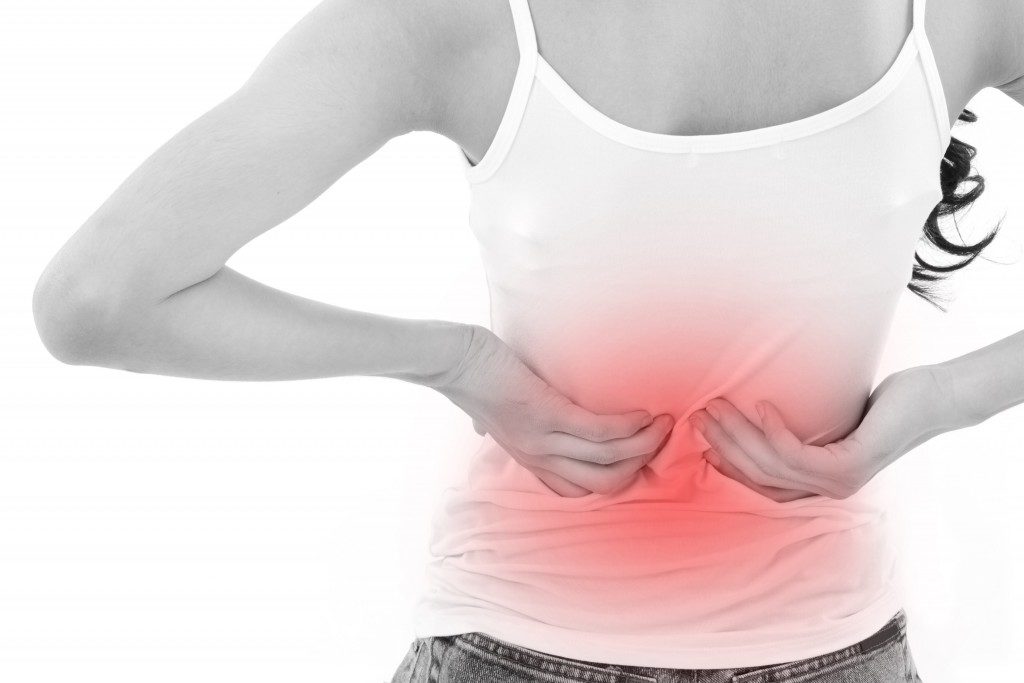Let’s Talk About Discs: The Difference Between a Herniated Disc and Bulging Disc

You’re probably familiar with the terms herniated disc and bulging disc, and you most likely know that these have something to do with the spine. Likewise, you are probably aware that these are painful conditions. They may seem these same, but are they really? The short answer is, no.
Read on to find out how these two common disc issues differ.
What Exactly is a Bulging Disc?
This occurs when the jelly-like, soft center part of the disc (called the nucleus pulposus) that provides it shock-absorbent properties extends over its usual location, but still remain within the disc’s outer cover. This outer cover is called the annulus fibrosus.
When working normally and in tiptop shape, this cover will contain and protect the disc’s soft center part. The outer cover is made up of fibrous material arranged in a concentric crisscrossing pattern. When undamaged, all the disc parts are usually lined up with the vertebra’s edge where it’s connected.
But a bulging disc extends over the edge. Many different things could cause a disc to bulge out, with the most common cause being degenerative changes in the spine due to aging. Degenerative changes basically refer to common wear and tear effects on your disc that builds up over time.
Although a bulging disc could lead to pain, this isn’t always the case. That being said, it may indicate that you are in the earlier stages of a disc disease. In the event that a bulging disc does hurt, it might be due to the disc pressing on your spinal nerve root of spinal cord.
Aside from pain, other common warning signs of a bulging disc may include numbness, weakness, and electric sensations running down an arm or a leg.
What Exactly is a Herniated Disc?

Unlike a bulging disc, a herniated disc happens when ruptures or tears outside the disc’s outer cover allow the jelly-like material inside the disc to seep out of the disc. Symptoms and pain related to a disc that’s herniated will present themselves if the soft inner material comes in contact with your spinal nerve root.
Common causes of a herniated disc include spinal or disc degenerative changes, or injury to the spine. Herniated discs, like bulging discs, don’t always display warning signs. Whether they do or don’t will significantly depend on whether the leaked inner material comes in contact with spinal nerve tissue.
The Importance of Knowing the Difference
Knowing the difference between a bulging disc and a herniated disc is immensely vital to seeking proper treatment in East Stroudsburg, PA. An easy way to differentiate between these two conditions is to remember where exactly the damage begins.
Put simply, if it’s coming from outside, such as when the disc’s outer cover is ruptured or torn, causing the leakage of the inner material, then it’s a herniated disc. On the other hand, if the damage is coming from inside and impacting the disc’s soft inner material known as the nucleus pulposus, it’s a bulging disc.
If you’re still confused or are experiencing symptoms of disc disease, talk to your doctor.




